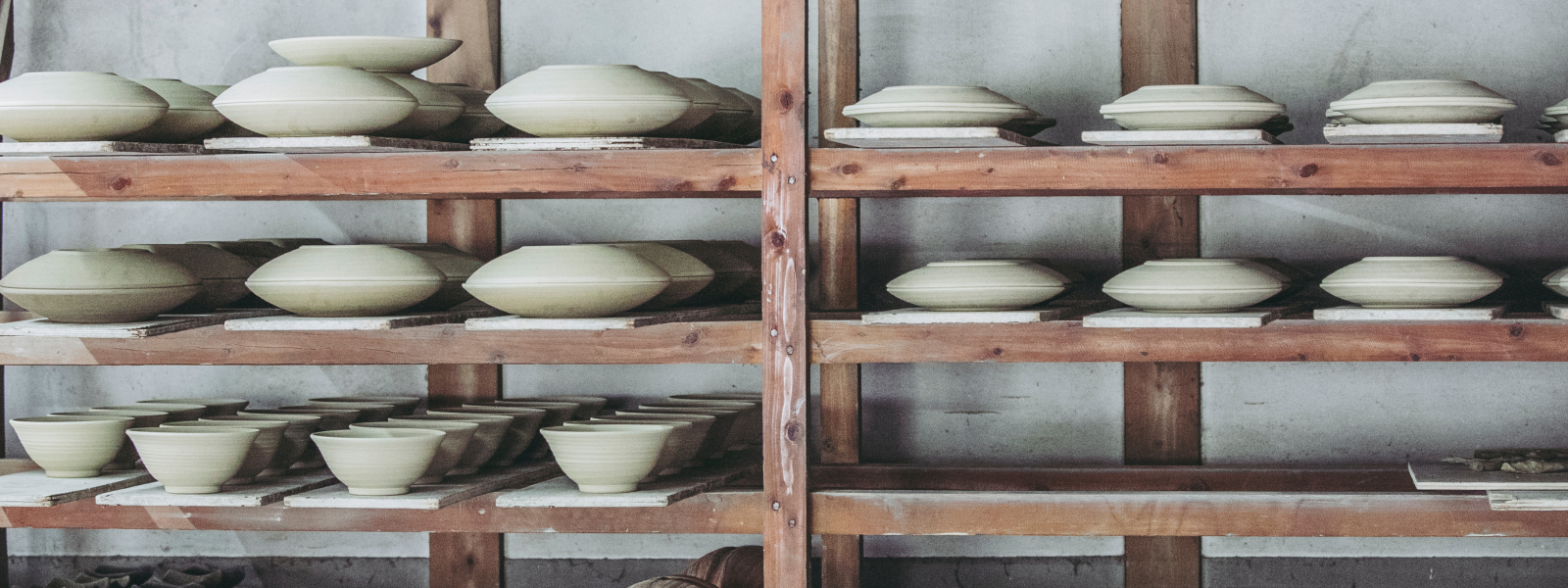Japan has a rich history of producing ceramics dating back to ancient times.
Whether it's pottery, porcelain, or glassware, craftsmen have developed special techniques tailored to their specific lands and soils.
In this collection, we've gathered information based on the ceramics available in our store.
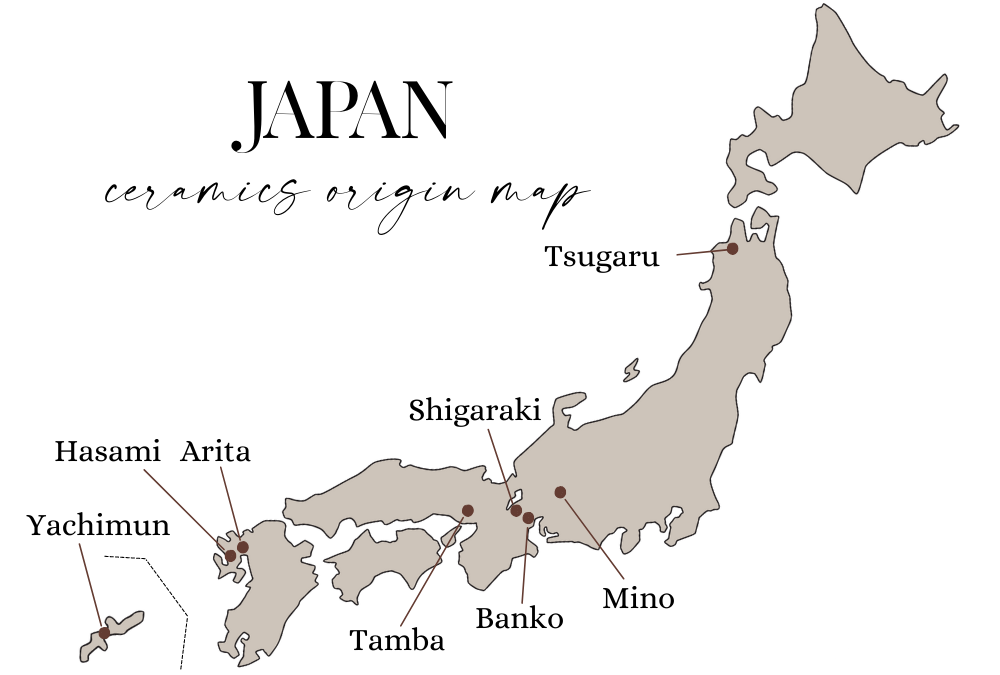
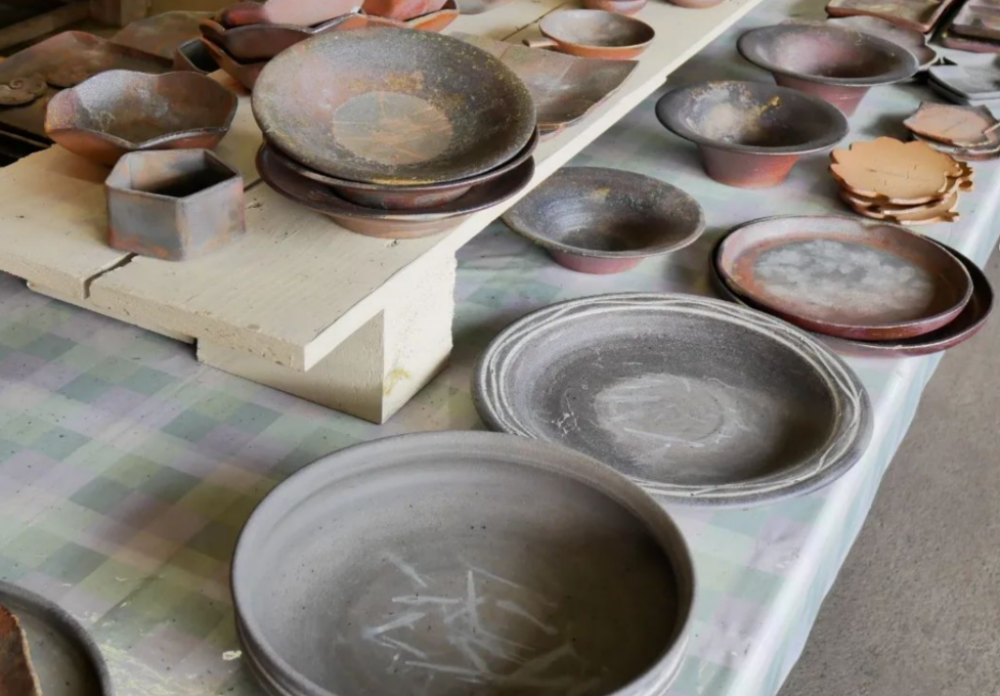
Tsugaru Ware
Tsugaru Ware possesses a simple yet distinctive charm that beautifully captures the natural features of the Tsugaru region. Contemporary Tsugaru pottery embraces the unique characteristics of the local soil and incorporates an apple glaze derived from the ash of apple tree bark along with Tenmokuyu (black glaze). This method of Tsugaru Pottery makes the most of the natural attributes of the region, it creates simply-coloured but appealing pottery.
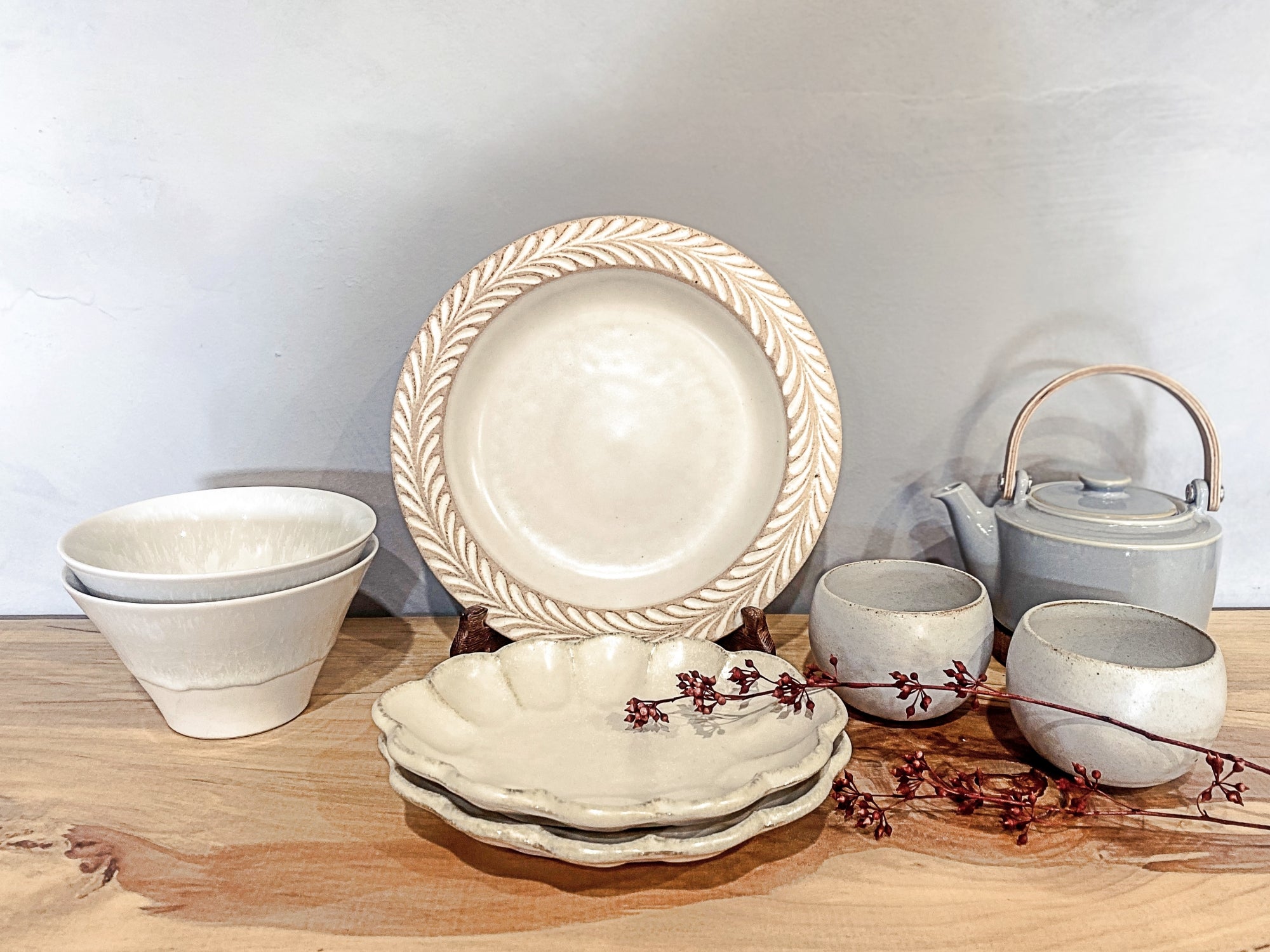
Mino Ware
Mino ware holds the distinction of being Japan's largest producer of pottery, boasting a rich history spanning over 1300 years. Throughout its enduring legacy, Mino ware has not only preserved its deep-rooted traditions but also seamlessly integrated modern techniques. The hallmark of Mino ware lies in its versatility. Unlike having a single defined style, Mino ware encompasses over 15 types of pottery registered as traditional handicrafts.
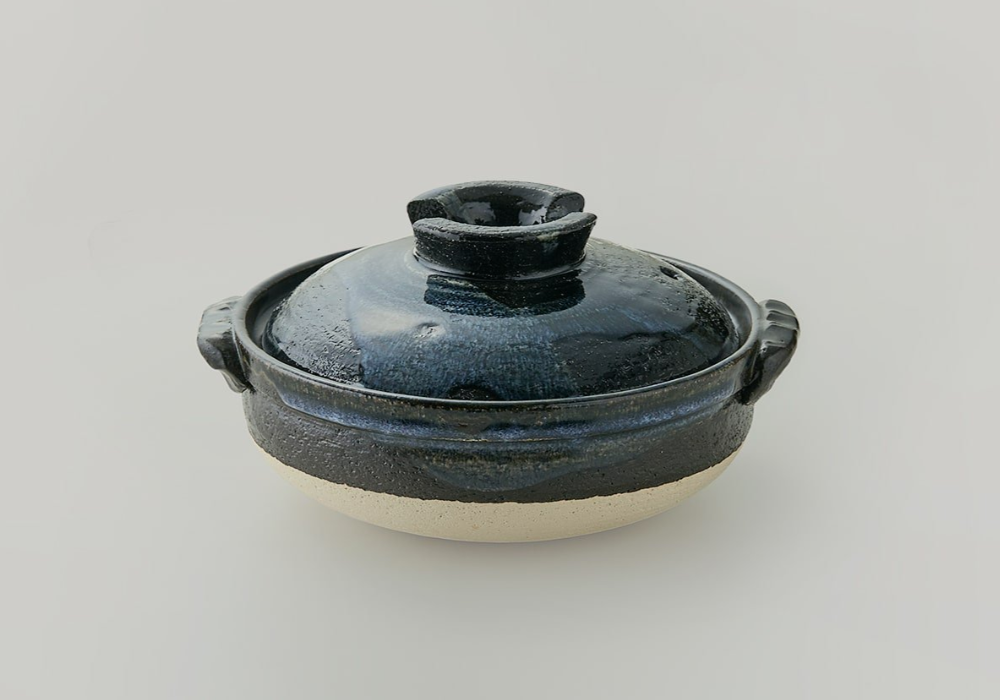
Banko Ware
Banko Ware stands renowned as an earthenware pot, commanding a substantial 80 to 90% of the market share in Japan. Noteworthy for its remarkable high fire resistance, attributed to the abundant lithium ore present in the clay, Banko Ware proves exceptionally durable. This durability extends its usability to various settings, including the microwave, charcoal fire, and open flames. Particularly celebrated for its teapots, Banko Ware enjoys widespread popularity.
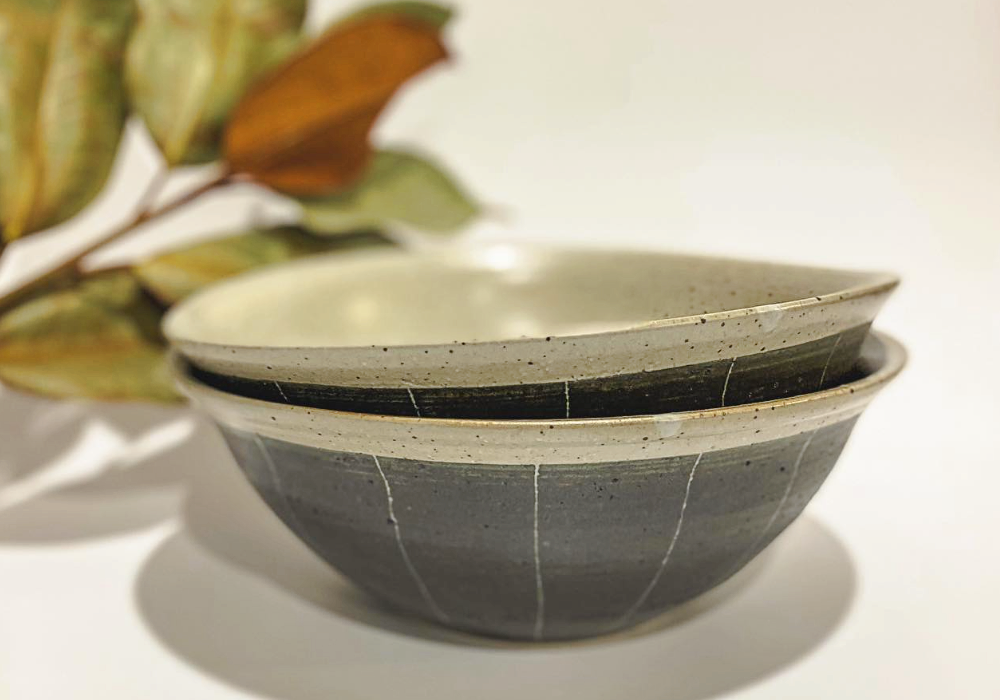
Shigaraki Ware
Shigaraki is renowned as one of Japan's six ancient kilns. Embracing a warm rustic simplicity and rich expressiveness, it has gained popularity among many tea masters who appreciate the aesthetic sense of Wabi-Sabi. In recent times, an increasing number of kilns are innovating by crafting new designs, exploring glazes and slips, and simultaneously upholding and safeguarding traditional techniques.
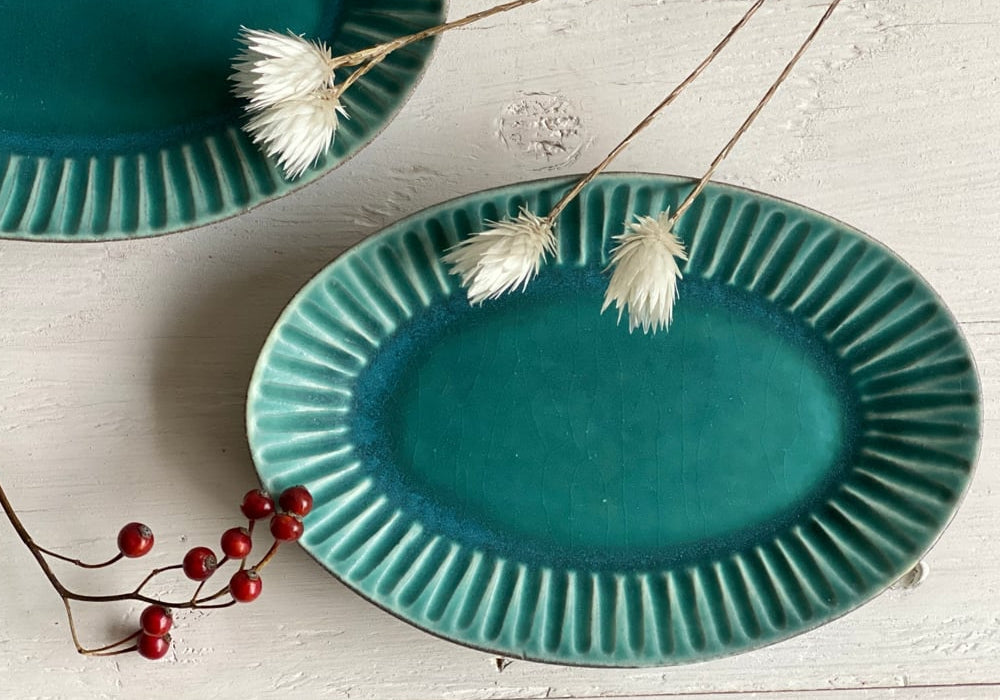
Tamba Ware
Tamba Ware is recognized as one of the six oldest kilns in Japan. Its origins are traced back to the end of the Heian period (around 1185), and its primary emphasis has consistently been on crafting tools for everyday living. Many kilns engage in the entire handmade process, from soil preparation to firing. The distinctive expression of the vessels, created through the "ash cover" where the ash of pine wood melds with the glaze, imparts a profound and unique character to its ceramics.
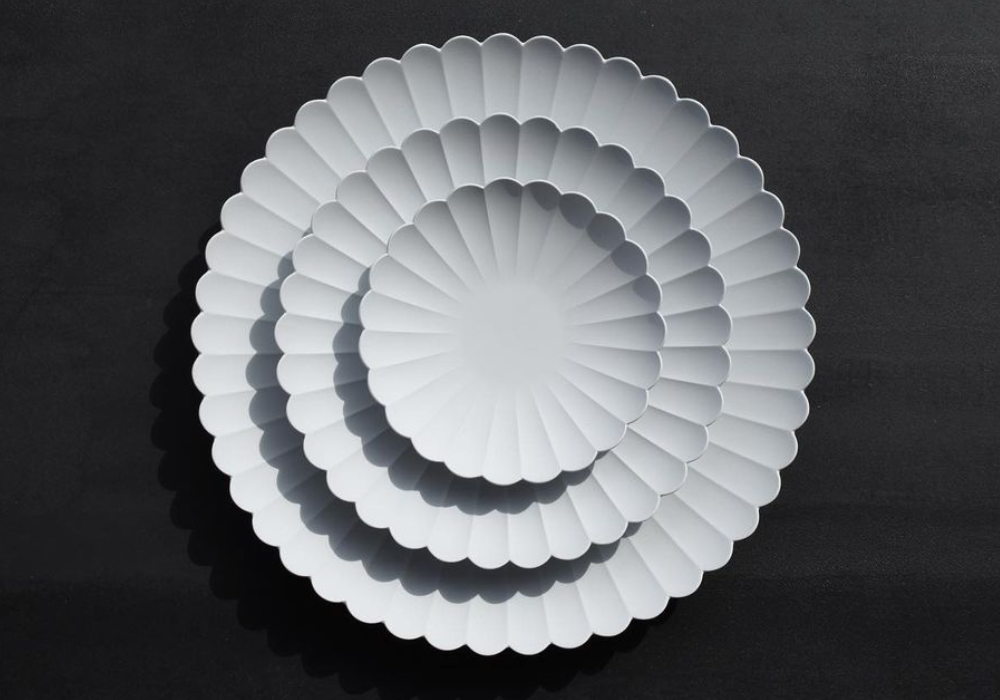
Arita Ware
Arita, known for producing the first-ever porcelain in Japan, has evolved through various styles over its extensive history. Characterised by colourful and delicate lines and paintings, Arita ware boasts several fine attributes. It is thin, lightweight, with a texture reminiscent of glass, yet remarkably solid. Additionally, it is durable and non-absorbent, making it well-suited for tableware. Although our current collection of Arita ware features single colours, we aspire to expand our offerings to include more vibrant and colourful options in the future.
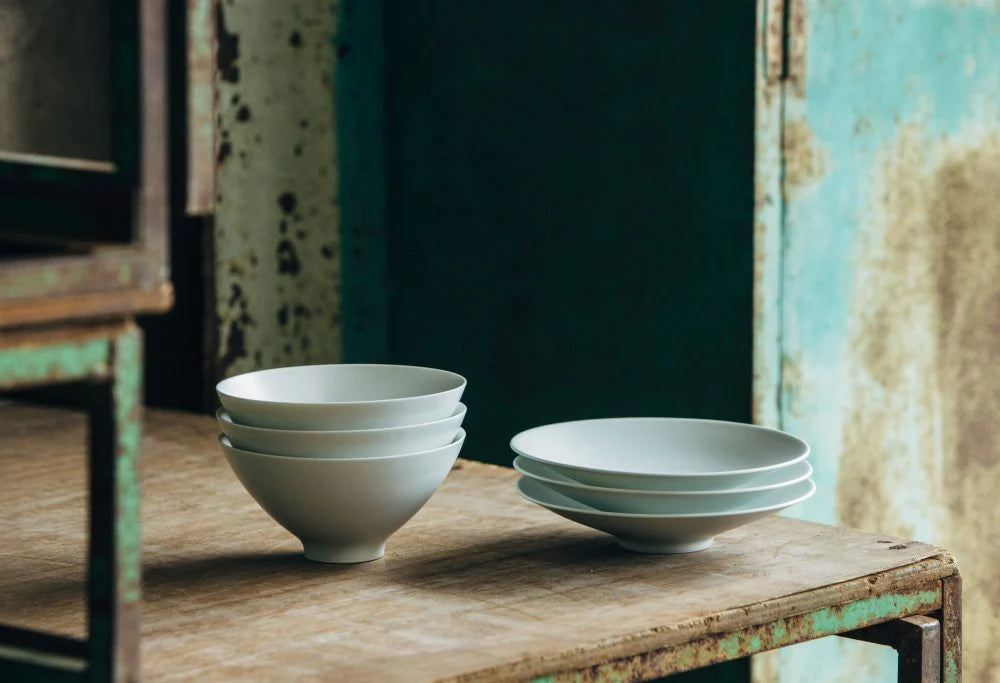
Hasami Ware
Hasami Ware hails from the historic town of Hasami in Nagasaki prefecture, where pottery production began nearly 400 years ago during the Edo period. What distinguishes Hasami ware is its often mass-produced nature. Unlike a single craftsman completing one work from start to finish, multiple professional craftsmen collaborate to create each piece, working together to bring the final product to fruition.
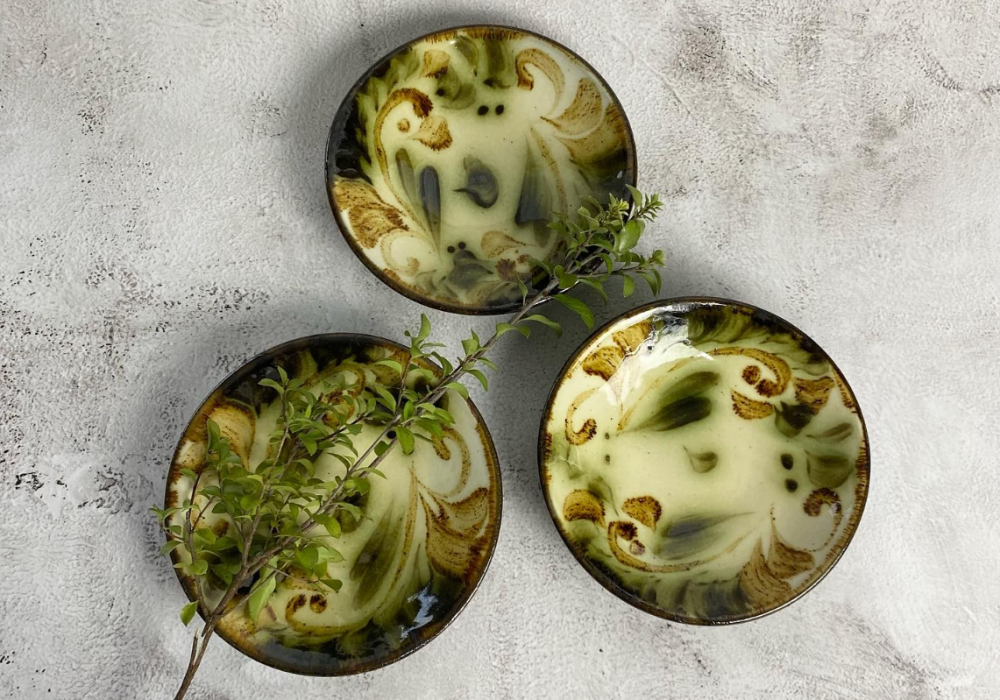
Yachimun (Tsuboya-Ware)
Yachimun" translates to ceramics in the Okinawan dialect and is believed to have a history of about 800 years. The crystal clear ocean and beautiful tropical nature of Okinawa often inspire the patterns and glazing in Yachimun. Renowned for its thick, warm, and simple yet beautiful form, Yachimun embodies the essence of Okinawa's artistic tradition.

